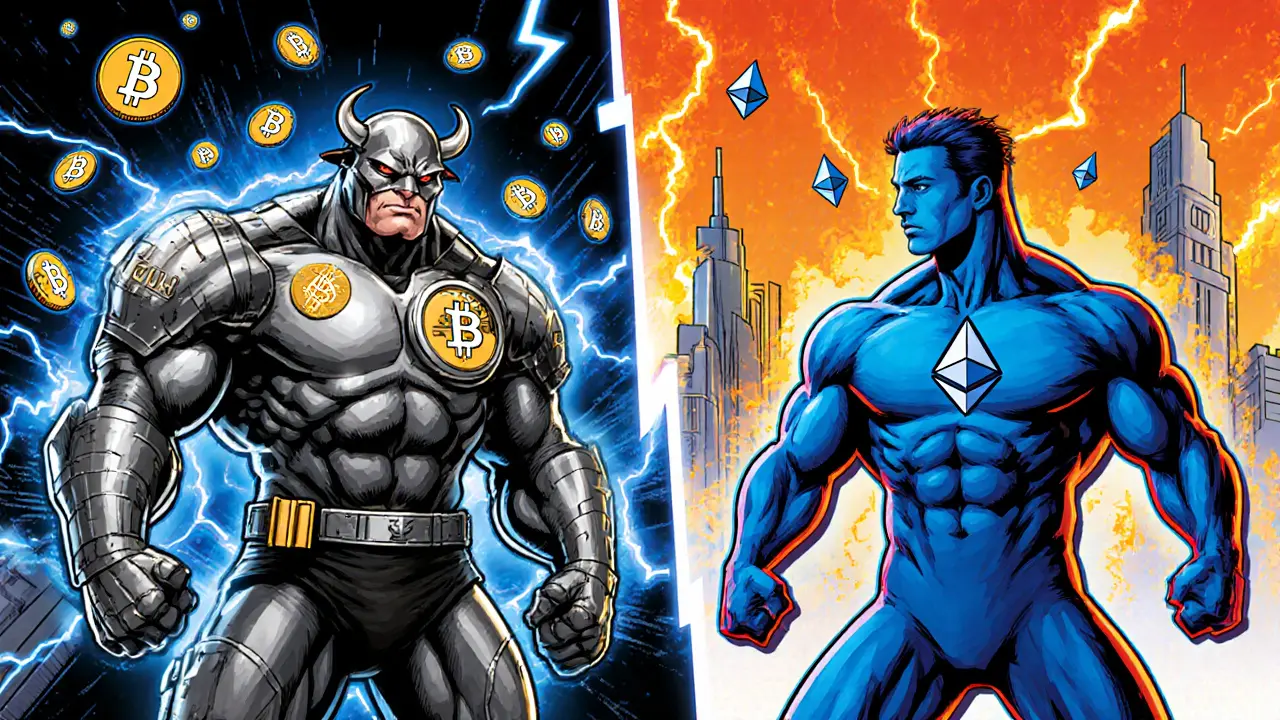When working with hash power NFT, a non‑fungible token that represents a slice of cryptocurrency mining hash rate, enabling trade or lease of compute power on‑chain. Also known as mining NFT, it bridges the world of digital collectibles and real‑world mining.
The core of any hash power NFT is the underlying NFT, a unique digital asset stored on a blockchain that cannot be replicated. NFTs provide the indivisible ownership record that makes each mining share distinct, while smart contracts handle payouts and rental terms. Because NFTs are programmable, creators can embed revenue‑sharing rules directly into the token.
But an NFT alone isn’t enough to deliver mining power. That’s where hash power, the computational capacity measured in hashes per second that secures proof‑of‑work networks comes in. By tokenizing hash power, projects convert raw CPU/GPU performance into tradable units, turning idle capacity into liquid assets. This tokenization creates a new market where small investors can profit from mining without buying expensive hardware.
Security is a big concern when you mix hash power and NFTs. A hash collision, a rare event where two different inputs produce the same hash output could jeopardize the integrity of the underlying blockchain, but modern networks use cryptographic functions that make collisions practically impossible. Projects mitigate risk by adopting quantum‑resistant algorithms and regular audits, ensuring that ownership records stay tamper‑proof.
Game developers are quick to adopt hash power NFTs because they offer a play‑to‑earn model that rewards players with real mining income. In a typical setup, a gamer buys a mining NFT, uses it to power in‑game actions, and earns a slice of the mining rewards. This creates a feedback loop where virtual achievements translate into tangible crypto earnings.
Beyond gaming, financial platforms use hash power NFTs to diversify portfolios. Investors can allocate a portion of their assets to mining income without handling hardware maintenance. The token’s price reacts to both crypto market trends and mining difficulty adjustments, providing a hybrid exposure that traditional assets lack.
From a technical standpoint, hash power NFTs rely on modular blockchain architectures. By separating execution, consensus, and data availability layers, these platforms can scale the minting, trading, and settlement of mining tokens without congesting the main chain. This layered design mirrors the future of blockchain scalability, where specialized modules handle distinct tasks.
Regulators are also keeping an eye on this space. Some jurisdictions treat mining NFTs as securities, requiring disclosures and licensing, while others view them as utility tokens. Understanding the local legal landscape helps creators avoid compliance pitfalls and users stay protected.
All these pieces—NFTs, hash power, security, gaming, finance, and modular design—interlock to form a vibrant ecosystem. Below you’ll find deep dives, reviews, and how‑to guides that unpack each facet, from the basics of tokenizing hash rate to the latest airdrop opportunities tied to mining NFTs.

Clarifies the real Bull BTC Club platform, distinguishes it from BTC Bull Token, and debunks the rumored CoinMarketCap airdrop, offering actionable steps for crypto enthusiasts.